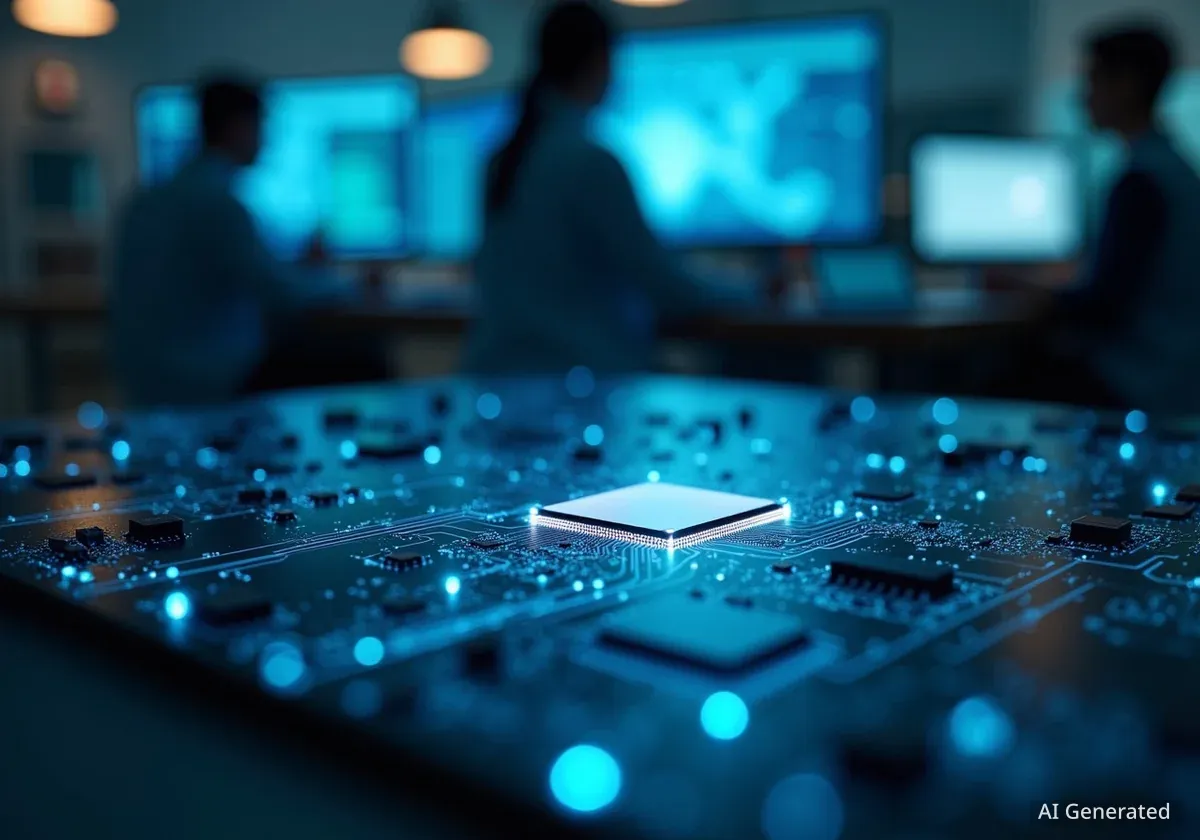As World Space Week is observed, experts are highlighting significant advancements in both space exploration and terrestrial climate technology. New missions like the Interstellar Mapping and Acceleration Probe (IMAP) and facilities such as the Vera Rubin Observatory are poised to deepen our understanding of the universe. Simultaneously, innovations in climate technology, including sodium-ion batteries and advanced recycling methods, are offering new solutions to environmental challenges on Earth.
Key Takeaways
- New space missions, including IMAP, are set to provide unprecedented data on the solar environment and the heliosphere.
- The Vera Rubin Observatory is preparing to conduct a massive survey of the night sky, promising new discoveries in astrophysics.
- MIT Technology Review has identified leading climate tech companies that are pioneering solutions in energy storage and materials sustainability.
- Key climate innovations include the development of sodium-ion batteries as an alternative to lithium-ion and new methods for recycling rare earth magnets.
- Experts like astrophysicist Hakeem Oluseyi and climate reporter Casey Crownhart provide context on the importance of these scientific and technological frontiers.
Exploring the Cosmos: New Missions and Observatories
The celebration of World Space Week brings attention to several ambitious projects designed to answer fundamental questions about our universe. From studying our own sun's influence to mapping the distant cosmos, these initiatives represent the next frontier in astrophysics and planetary science.
IMAP Mission to Study the Solar Environment
A recently launched key mission is the Interstellar Mapping and Acceleration Probe, known as IMAP. This spacecraft is designed to study the boundary of the heliosphere, the vast magnetic bubble created by the sun that surrounds our solar system. By collecting and analyzing particles from this region, IMAP will help scientists understand how solar winds interact with the interstellar medium.
According to astrophysicist Dr. Hakeem Oluseyi, this mission is critical for understanding the protective shield our sun provides from cosmic radiation. The data will improve space weather forecasting, which is essential for protecting satellites and astronauts.
Vera Rubin Observatory: A New Eye on the Sky
Another significant development is the new Vera Rubin Observatory. This ground-based facility will conduct a decade-long survey of the sky called the Legacy Survey of Space and Time (LSST). Its goal is to create a detailed, movie-like map of the entire visible southern sky.
The observatory is expected to discover millions of new objects, from asteroids in our solar system to distant galaxies. This vast dataset will provide insights into dark matter and dark energy, two of the biggest mysteries in modern physics.
The Role of LIGO in Physics
Alongside new missions, established projects like the Laser Interferometer Gravitational-Wave Observatory (LIGO) continue to be vital. LIGO detects ripples in spacetime caused by cataclysmic events, such as the merging of black holes. These observations have opened a new window into the universe, allowing scientists to study events that are invisible to traditional telescopes.
Expert Insights on Space Science
Dr. Hakeem Oluseyi, an astrophysicist and author, emphasizes the interconnectedness of these large-scale science projects. He explains that each mission and observatory provides a different piece of the cosmic puzzle.
"Projects like IMAP, the Vera Rubin Observatory, and LIGO are not just about collecting data; they are about fundamentally changing our perspective on the universe and our place within it," Oluseyi stated. "They challenge our assumptions and push the boundaries of what we know."
He further noted that these endeavors inspire future generations of scientists and engineers, driving technological innovation that often has benefits far beyond the field of astrophysics.
Climate Technology Innovations on Earth
While some look to the stars, others are focused on developing technologies to protect our home planet. MIT Technology Review recently published its annual list of promising climate tech companies, highlighting firms that are making significant strides in decarbonization and sustainability.
Casey Crownhart, a senior climate reporter for MIT Technology Review, discussed the key trends emerging from this year's list. A major focus is on developing practical, scalable solutions that can be deployed in the near future.
Breakthroughs in Energy Storage
One of the most exciting areas of development is in sodium-ion batteries. These batteries use sodium, which is far more abundant and cheaper than lithium, as their primary material. Companies are now working to commercialize sodium-ion technology for large-scale energy storage, which is crucial for making renewable energy sources like wind and solar more reliable.
Why Sodium-Ion Matters
Sodium is over 1,000 times more abundant in the Earth's crust than lithium. This makes sodium-ion batteries a potentially more sustainable and cost-effective solution for grid-scale storage, reducing reliance on a supply chain dominated by a few countries.
Sustainable Solutions for Critical Materials
Another critical area of innovation is the recycling of rare earth magnets. These powerful magnets are essential components in electric vehicle motors and wind turbines. However, mining rare earth elements is environmentally damaging and geopolitically complex.
Several companies on the MIT list have developed innovative processes to extract and recycle these valuable materials from old electronics and industrial waste. This creates a circular economy for critical components, reducing waste and the need for new mining operations.
The Future of Climate Solutions
According to Casey Crownhart, the trends seen in this year's list point toward a more mature and pragmatic climate tech industry. The focus is shifting from purely conceptual ideas to technologies with clear paths to market and tangible impact.
"We are seeing a strong emphasis on industrial decarbonization, sustainable materials, and technologies that address the entire supply chain," Crownhart explained. "The companies that show the most promise are not just inventing something new; they are figuring out how to make it scalable and economically viable."
These parallel advancements in space science and climate technology, highlighted during World Space Week, underscore a shared human drive: to understand our world and develop the tools needed to secure a better future, both on Earth and beyond.





